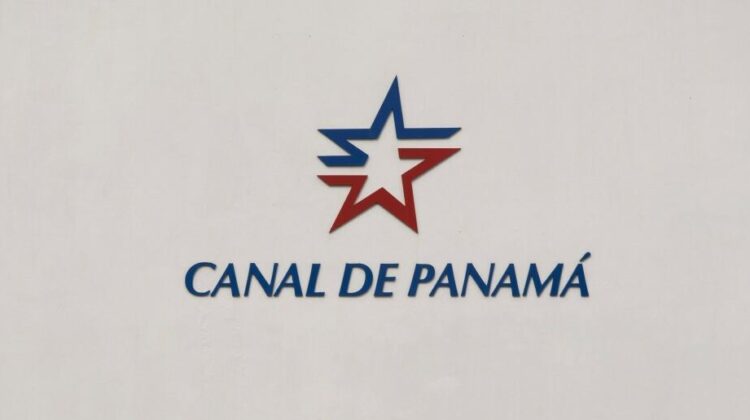
Panama Canal celebrates 111 Years
PANAMA CITY : On August 15th, The Panama Canal marks 111 years of operations, renewing its commitment to a sustainable future through a water strategy focused on public well-being and an operational vision that enhances the country’s logistical competitiveness.
Since the waterway’s inauguration in 1914, with the historic transit of the steamship Ancón, which, for the first time, connected the Pacific and Atlantic Oceans, the canal has been a driver of Panama’s economic and social development while also a transformer of global maritime trade.
This impact has grown over the past 25 years under Panamanian administration, during which the interoceanic waterway has contributed B/. 28.266 billion in direct payments to the National Treasury, in addition to B/. 15 billion investments in capital projects, operational maintenance, and watershed management.
“In 25 years under Panamanian administration, the canal has doubled its capacity, expanded its locks, and strengthened its security. It has grown from being a strategic passage to a model of efficiency, transparency, and technical commitment. Every dollar generated is reinvested to ensure this artery continues to beat in service to the world while any surplus is contributed towards Panama’s social development,” stated Canal Administrator Ricaurte Vásquez Morales.
Environmental Commitment and Sustainability
The Panama Canal maintains a robust sustainability strategy with a strong focus on decarbonization and climate change adaptation. In line with the International Maritime Organization’s target, it has pledged to achieve carbon neutrality by 2050.
Key actions include specific emission reduction goals and the acquisition of 10 tugboats with hybrid propulsion systems. Today the first two vessels, the Isla Barro Colorado and the Isla Bastimentos, were christened. These vessels significantly reduce emissions, improve energy efficiency, and lower underwater noise, all of which benefits marine life.
In addition to their environmental benefits, the electric motors represent substantial fuel savings and extend maintenance intervals, further boosting operational efficiency.
Social Impact in the Watershed and Progress on the Río Indio Lake Project
The Panama Canal’s sustainable watershed management has benefited thousands of people through socio-environmental programs such as land titling, reforestation, agribusiness, and environmental education.
Within this framework, the project to create a lake in the Río Indio watershed, currently under development, seeks to deliver benefits to local communities by improving their quality of life while helping conserve their environment. The goal is to ensure water security for more than two million Panamanians who rely on the Panama Canal’s lakes. This resource is vital for more than half of the country’s population and its productive sectors including agriculture, industry, education, health, and commerce.
The project is advancing with an integrated approach, incorporating sustainable development plans for watershed communities and environmental safeguards aligned with international best practices, balancing infrastructure development with ecological preservation and respect for the rights of families affected by the project.
Strategic Projects for the Future
With a vision focused on national and regional development, the Panama Canal is promoting four strategic initiatives: An energy corridor, new port terminals, a logistics corridor, and the reinforcement of the water system. These projects are designed to generate long-term value, foster innovation, and solidify Panama’s position as a key hub for global trade and connectivity.
On its 111th anniversary, the Panama Canal reaffirms its role as a driver of sustainable development, committed to Panama, its people, and world commerce.
Source: The Panama Canal Authority
